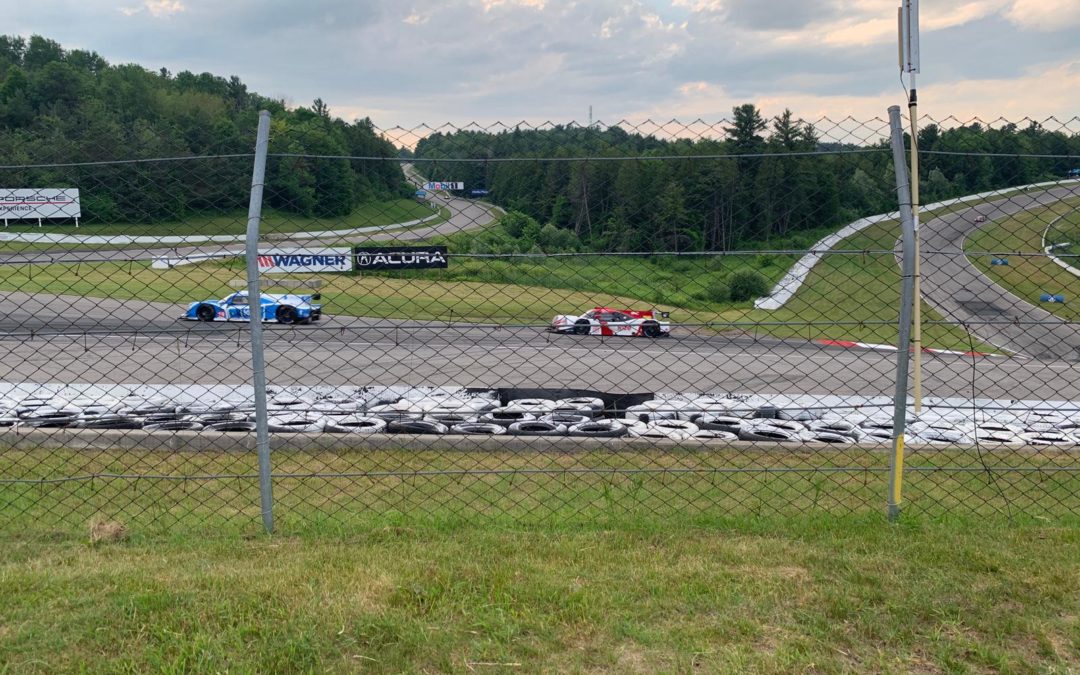We’re in a busy part of the IMSA sports car racing season and just had back-to-back events. Right after Watkins Glen, teams headed north of the border to Canadian Tire Motorsport Park (CTMP) in Mosport, Ontario.
My role during the weekend was similar to last week’s at Watkins Glen: I was providing hot laps for IMSA and Mazda while also keeping busy coaching in the support series. It was good to see a lot of friends win at CTMP: Mazda got their second win, Robbie Foley won in the GT class, and Britt Casey, Jr. came from behind to win the TCR class. There was a lot of racing during the weekend, and I enjoyed being on the radio with the teams I was coaching, helping them reach success during their races.
Although CTMP is another high-speed, flowing circuit that’s similar in nature to Watkins Glen, the surface is quite different and presents a unique set of challenges for teams who are looking for the ideal car setup. Specifically, the surface at CTMP is much bumpier and has pavement patches. Because of the extreme elevation changes, it even has some slower sections of track that require different handling characteristics for the car.
CTMP actually needs a softer setup than Watkins Glen, and that softer setup both combats the abrasive track surface and helps with traction off the slowest corner (Moss). At Watkins Glen, you need a stiffer setup and a lower car for the high speeds. At CTMP, you have to combine a high-speed setup with a low-traction setup, so you’re really aiming for a compromise.
I’ve talked about setup differences between tracks before, but both Watkins Glen and CTMP presented an interesting setup challenge in terms of weather. The weather started hot but cooled off significantly at both events, so next week I’ll talk in-depth about what teams do to optimize their car setups for varying conditions.



